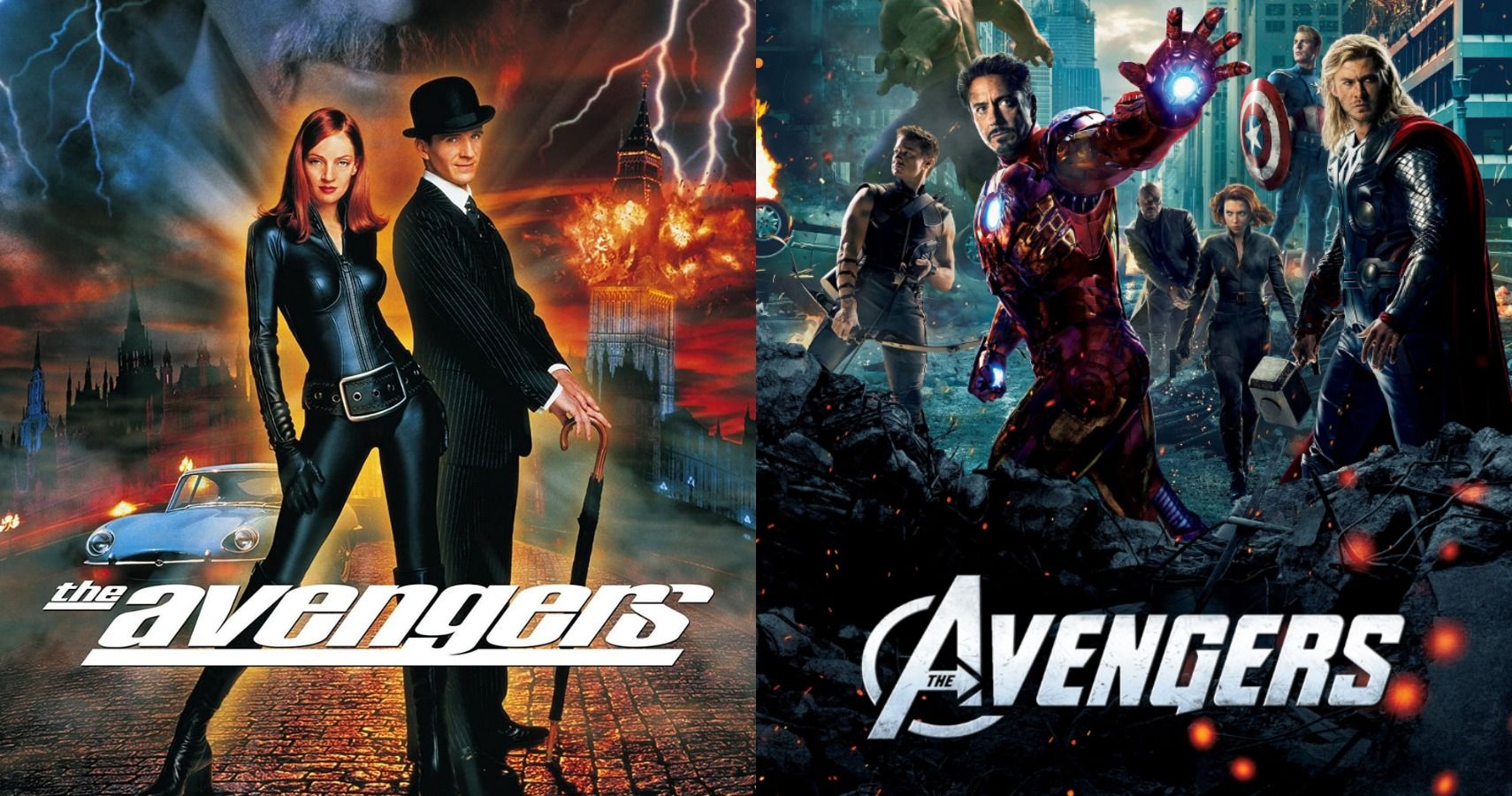The Film’s Themes and Motifs: Behind Bedroom Doors Movie

“Behind Bedroom Doors” delves into the complexities of human relationships, exploring themes of privacy, secrecy, and the vulnerability that comes with intimacy. The film uses the confined space of the bedroom as a symbolic microcosm of the characters’ inner worlds, highlighting the tension between desire and fear, trust and betrayal.
The Exploration of Privacy and Secrecy
The bedroom, traditionally a space of sanctuary and privacy, becomes a battleground for power dynamics and hidden agendas in the film. The characters’ attempts to control their own narratives and maintain their secrets often lead to conflict and misunderstandings. For example, [Insert example from the film showing the characters’ attempt to control their narratives and maintain their secrets]. This illustrates how the film explores the complexities of privacy and the consequences of withholding information.
The Bedroom as a Symbolic Setting
The bedroom serves as a powerful symbol throughout the film, representing the characters’ innermost thoughts, desires, and fears. The confined space of the bedroom creates a sense of claustrophobia and intimacy, highlighting the characters’ vulnerability and the potential for both connection and conflict. [Insert specific examples from the film illustrating how the bedroom setting contributes to the overall atmosphere and themes].
Recurring Motifs: Light and Shadow
The film employs recurring motifs of light and shadow to create a sense of mystery and intrigue. Light often symbolizes truth and revelation, while shadow represents secrets and hidden motives. For example, [Insert example from the film showing how light and shadow are used to create a sense of mystery and intrigue]. These recurring motifs reinforce the film’s exploration of privacy, secrecy, and the consequences of hiding the truth.
The Characters and Their Relationships

The film “Behind Bedroom Doors” explores a complex web of relationships, each characterized by its own unique dynamic and power struggles. The main characters are driven by their individual motivations, desires, and fears, which shape their interactions and ultimately lead to the film’s dramatic climax.
The film delves into the intricate relationships between the characters, revealing the motivations and power dynamics that govern their interactions. The characters’ relationships evolve throughout the film, experiencing significant turning points that impact their lives and ultimately shape the film’s narrative.
Character Motivations and Relationships, Behind bedroom doors movie
The film’s central characters are driven by a combination of desires, fears, and personal histories. The main character, [Character’s Name], is motivated by [Motivation]. This desire is fueled by [Reason], leading to [Action]. Their relationship with [Character’s Name] is marked by [Relationship Dynamics]. This relationship is further complicated by [Conflict].
Another key character, [Character’s Name], is driven by [Motivation]. This motivation stems from [Reason], leading to [Action]. Their relationship with [Character’s Name] is characterized by [Relationship Dynamics]. This relationship is further complicated by [Conflict].
Power Dynamics and Conflicts
The film’s power dynamics are complex and often shifting. [Character’s Name] holds [Type of Power] over [Character’s Name], which manifests in [Examples]. This dynamic leads to [Conflict]. Similarly, [Character’s Name] holds [Type of Power] over [Character’s Name], which manifests in [Examples]. This dynamic leads to [Conflict].
Development of Relationships
The relationships between the characters evolve throughout the film, experiencing significant turning points that shape the narrative. The relationship between [Character’s Name] and [Character’s Name] begins with [Initial State] but evolves into [Final State] due to [Reason]. This turning point occurs when [Event]. Similarly, the relationship between [Character’s Name] and [Character’s Name] begins with [Initial State] but evolves into [Final State] due to [Reason]. This turning point occurs when [Event].
The Film’s Visual Style and Storytelling Techniques

Behind Bedroom Doors employs a distinct visual style and storytelling techniques to create a captivating and unsettling experience for the viewer. The film utilizes a combination of cinematography, editing, and sound design to evoke a specific mood and atmosphere, while its non-linear narrative structure and use of symbolism contribute to the overall meaning and impact of the story.
Cinematography and Lighting
The film’s cinematography is characterized by its use of low-key lighting, creating a sense of mystery and suspense. This technique is particularly effective in scenes set within the protagonist’s home, where shadows and darkness obscure details and create a feeling of claustrophobia. The use of tight close-ups on characters’ faces emphasizes their emotional states and amplifies the tension in key moments.
Editing and Sound Design
The editing in Behind Bedroom Doors is sharp and deliberate, often using jump cuts and rapid-fire sequences to create a sense of unease and disorientation. The film’s sound design is equally important, with the use of ambient noise, unsettling sound effects, and a haunting score that amplifies the film’s psychological horror. The film’s editing and sound design work in tandem to create a visceral and immersive experience for the viewer.
Non-Linear Narrative Structure
Behind Bedroom Doors utilizes a non-linear narrative structure, jumping between different time periods and perspectives. This technique allows the film to explore the protagonist’s past and present, gradually revealing the layers of her psychological trauma and the events that have shaped her life. The film’s non-linear narrative structure keeps the viewer engaged and encourages them to piece together the puzzle of the protagonist’s story.
Symbolism and Imagery
The film is rich in symbolism and imagery, which contribute to its overall meaning and impact. The recurring motif of the locked door, for instance, represents the protagonist’s emotional barriers and her struggle to confront her past. Other symbolic elements include the recurring imagery of water, which represents both cleansing and danger, and the presence of shadows, which symbolize the darkness that lurks within the protagonist’s mind.
